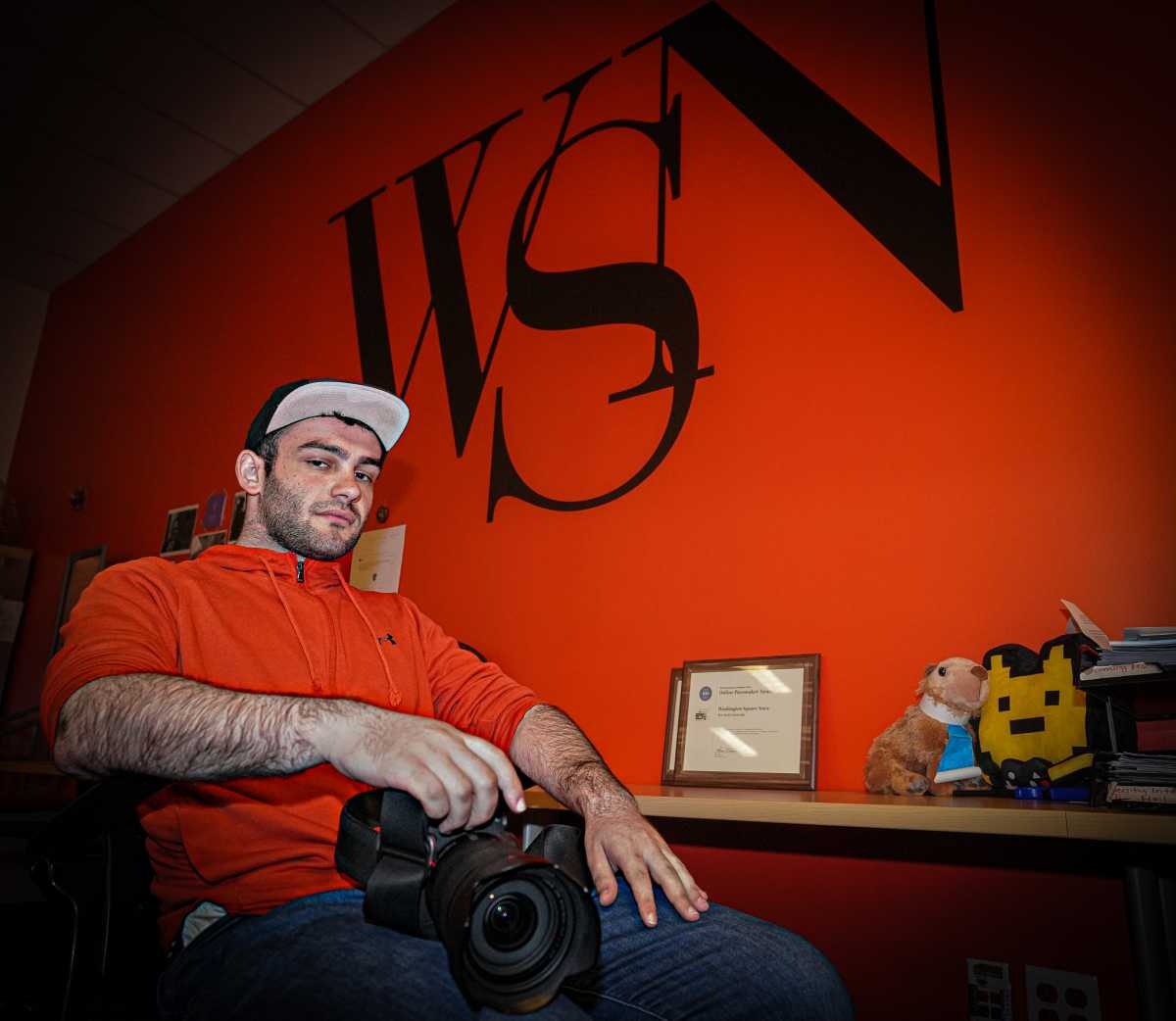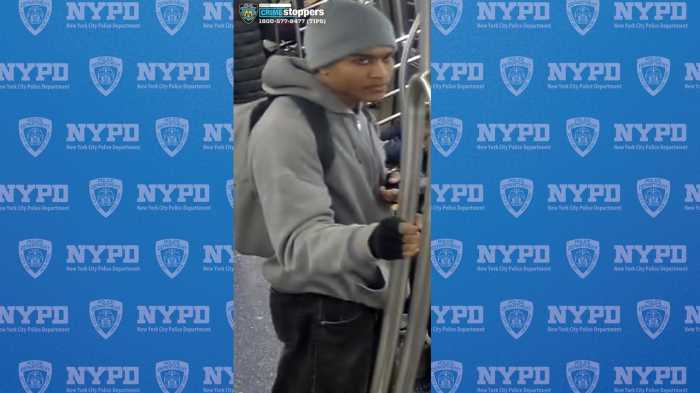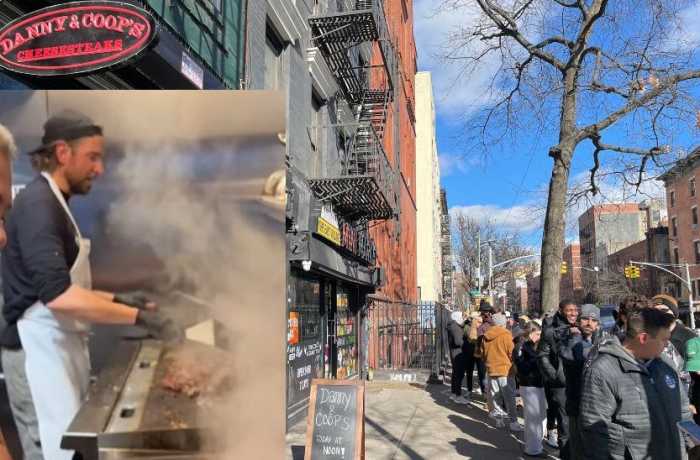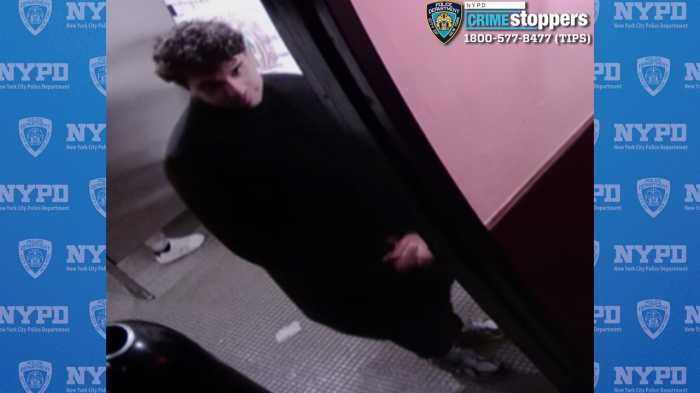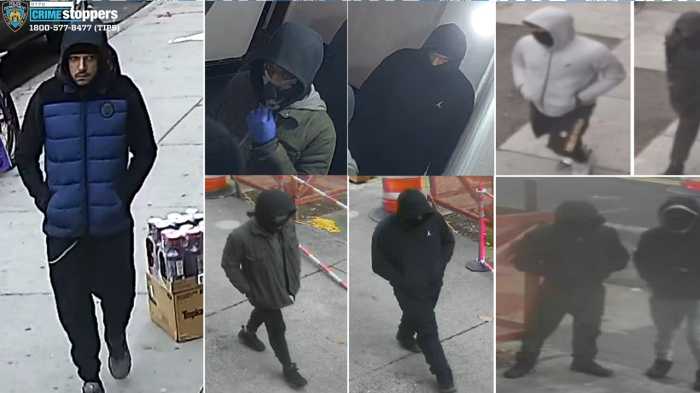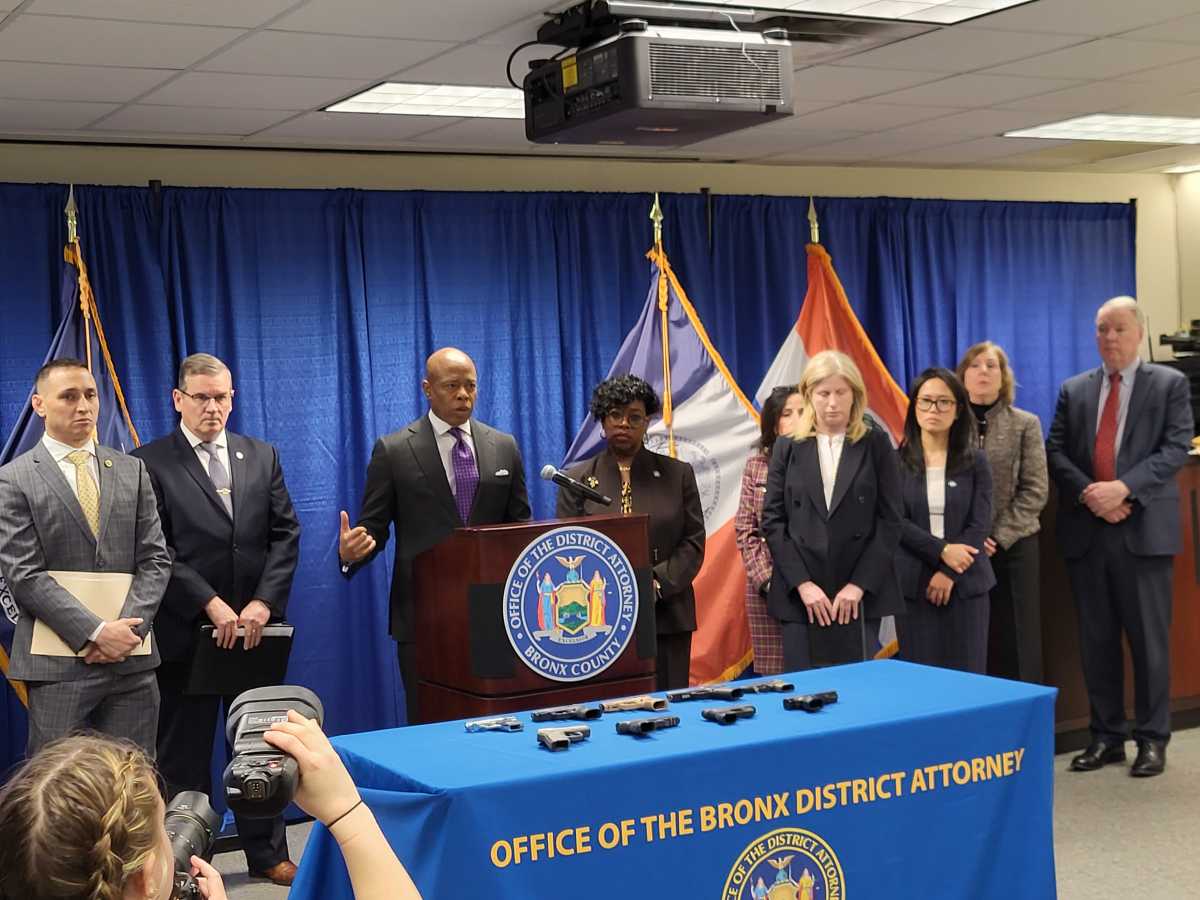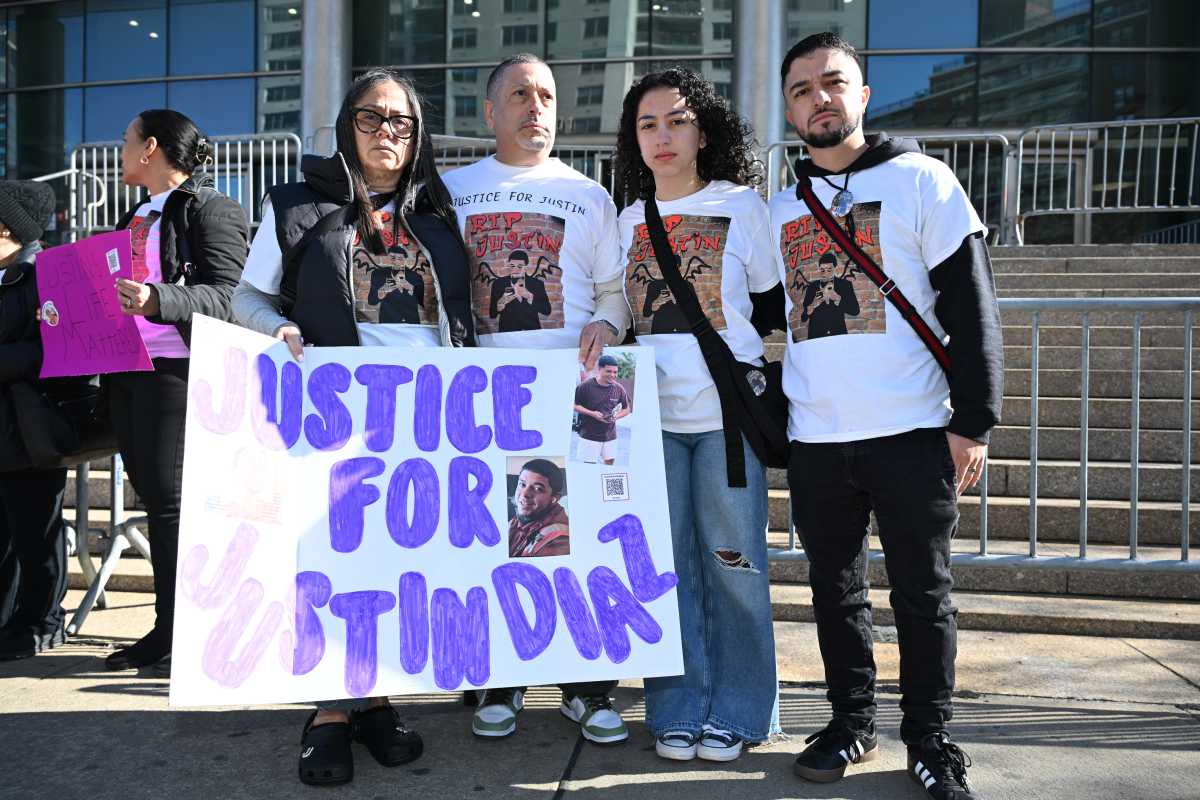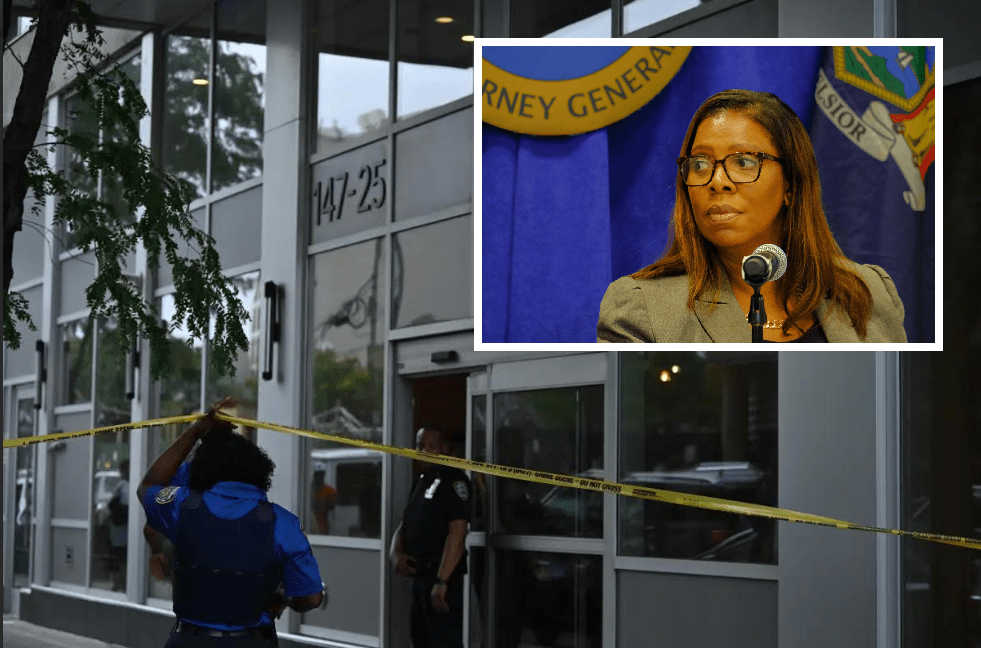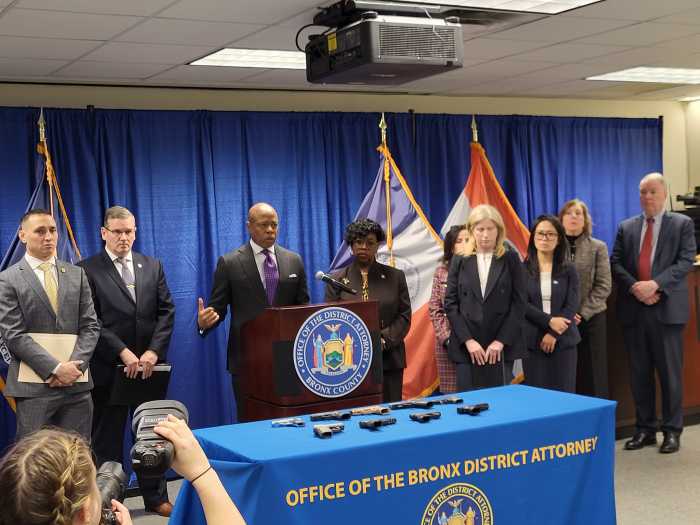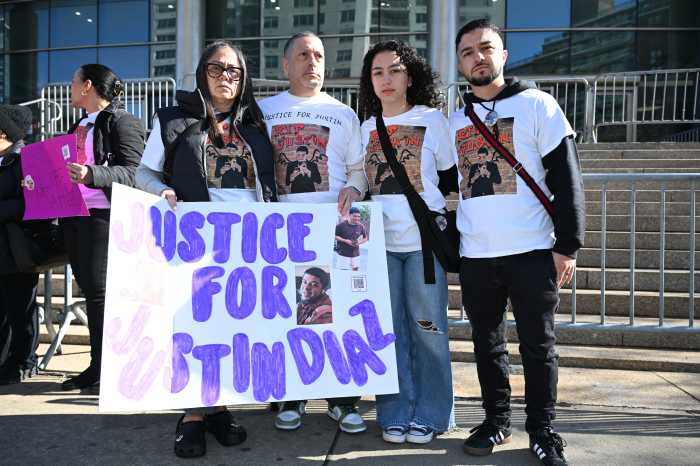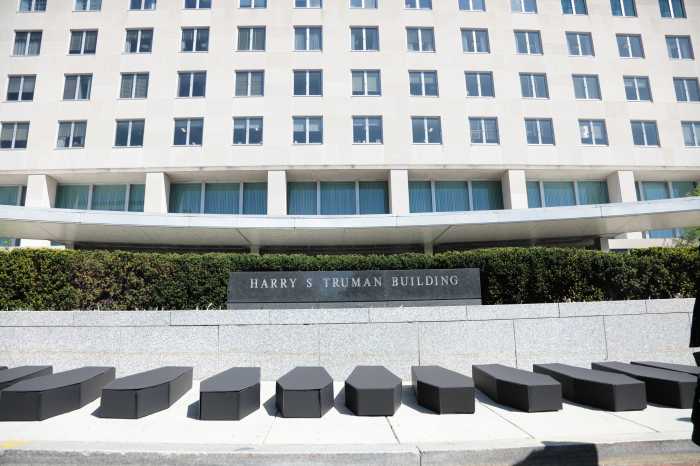If journalism is the “first rough draft of history,” the student journalists at NYU’s Washington Square News have spent the past few weeks putting together an entire chapter on fiery student activism that hasn’t been seen in decades.
Student journalists at NYU, Columbia University and other institutions of higher learning were on the front lines in April as pro-Palestinian protesters set up encampments in their quads, sometimes clashing with counter-protesters and police, and even (in Columbia’s case) taking siege of a campus building.
Through it all, the young reporters and editors worked tirelessly to document history as it happened, becoming a vital resource for mainstream media outlets that were barred from campuses.
While some organizations still managed to circumvent the lockdowns and find their way inside the likes of Columbia University, some college papers, such as the Washington Square News, were left to pick up the slack.
The Washington Square News, which traditionally covers NYU campus news (such as faculty scandals), was thrust into the media spotlight thanks to its near-exclusive access and unparalleled knowledge of school life. What the reporters lacked in experience, they made up for in passion and tenacity. They brought a local news perspective to a national story.
The importance of local journalism
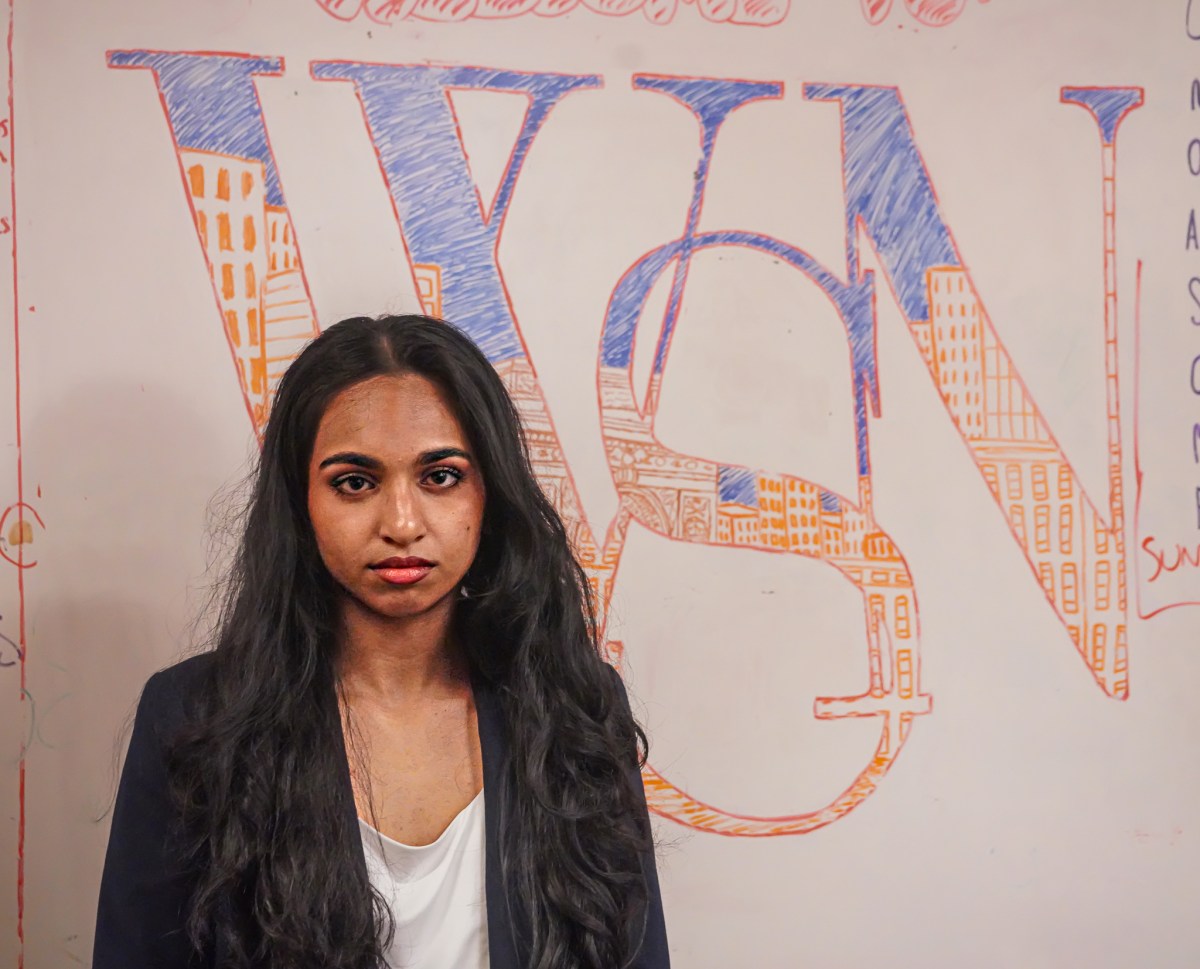
Inside the slightly cluttered newsroom in the village, editor-in-chief of Washington Square News, Manasa Gudavalli, 23, can be found typing furiously away on her laptop while Jason Alpert-Wisnia, 23, can be seen sitting in his chair clutching his camera, ready to capture the news at a moment’s notice.
“There is definitely an importance to local journalism. Because being immersed in a community or just even understanding a community so well, you’re able to report on them very authentically,” Gudavalli told amNewYork Metro from her desk. “A lot of media right now has kind of just been making generalizations with what’s going on at campuses right now. Every school is so different, every campus is very different.”
The NYU protests have had the distinction of being among the Big Apple’s most violent, particularly when police removed an encampment of protesters from Gould Plaza. Cops tackled protesters to the ground, and even pepper sprayed some of them, including a photographer for the Washington Square News.
Gudavalli said that she was trying to get into the building to report on the frantic situation when she encountered her injured colleague.

“His face was fully red and swollen, and it was awful to see. It’s scary because, keep in mind, this is my colleague, one of my dear friends. I hired him,” Gudavalli explained.
Amid the chaos and seemingly unrelenting unrest, Gudavalli realized that she and her team were making an indelible mark by reporting history in the making and going shoulder-to-shoulder with some of the country’s biggest and best media.
“I am really proud of our ability to be thorough and fast in our reporting. I’m looking back on Gould Plaza especially and the amount of articles we have been publishing over everything that’s been happening one after the other, and they’re all great articles, great work and I’m just really proud of the breaking news and everything that we’ve done,” Gudavalli noted.
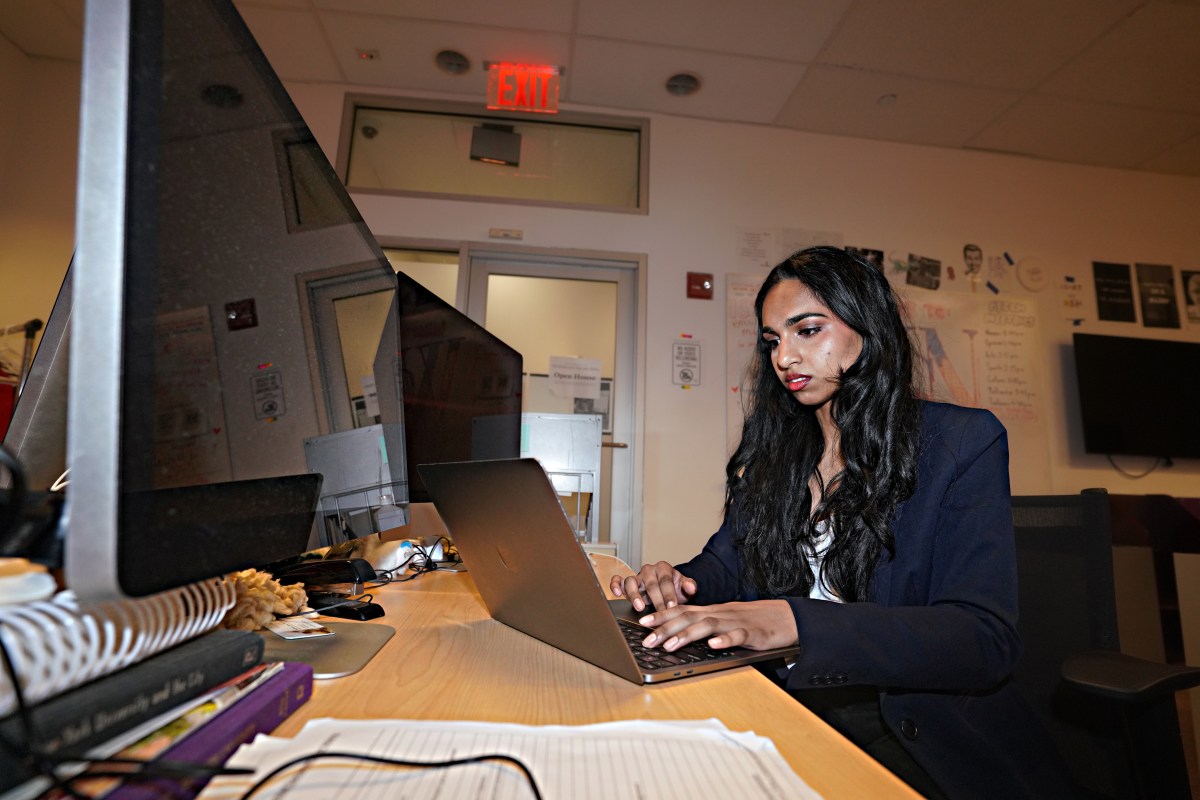
‘I’m serious about this’
Photographer Alpert-Wisnia has been at the forefront of this coverage for Washington Square News. Holding the dream of becoming a photojournalist for many years, Alpert-Wisnia has not only spent his time as a student learning in class but also taking to the street with fellow junior shutterbug Danny Arensberg to meet some of New York’s professionals.
“People started to realize I’m serious about this. They saw the way I was shooting; they saw the way I was having these conversations and the way I would talk about my work,” Alpert-Wisnia said, thinking of the friends he has made along the way. “It’s a real privilege to have people in the field, you know, be open and candid with me about this industry and treat me like a colleague.”
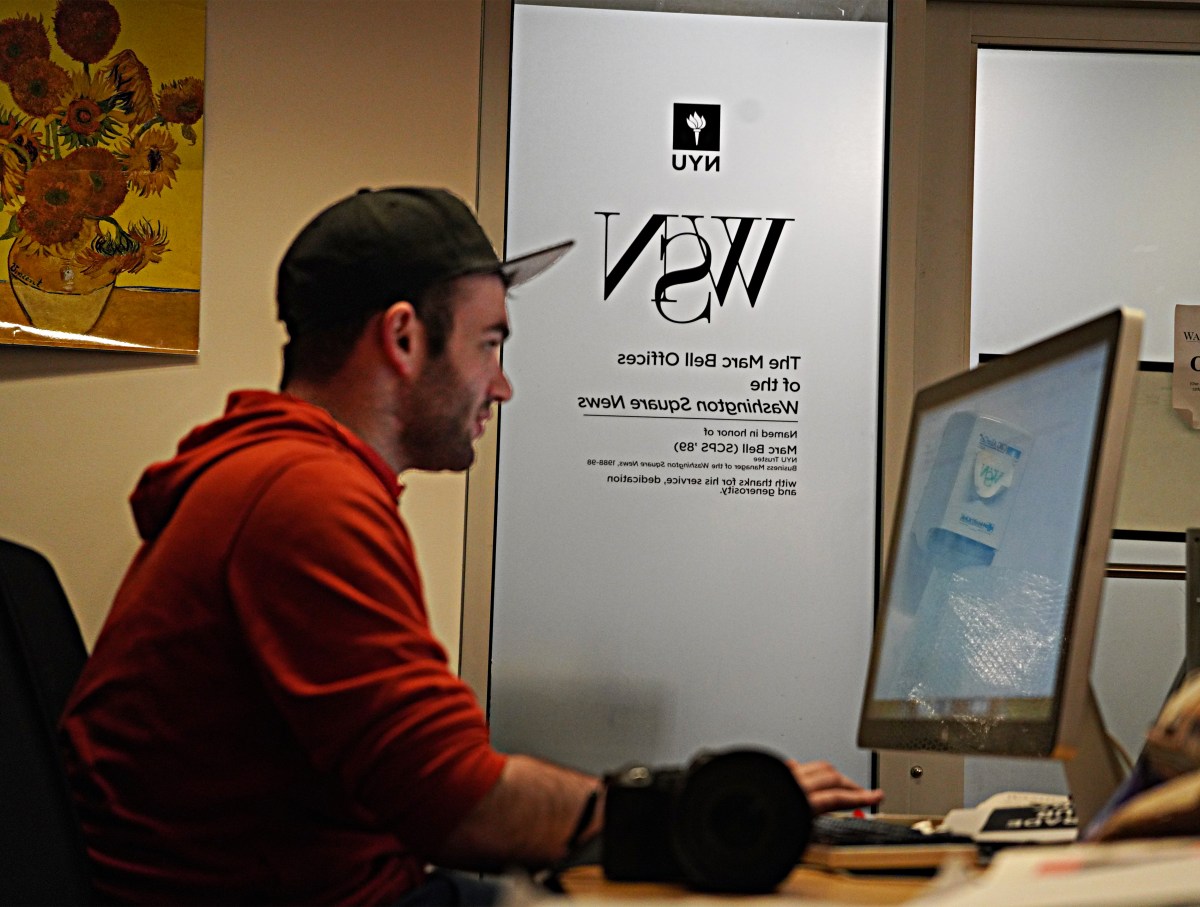
Working alongside some of the greatest photojournalists in the country, Alpert-Wisnia said it sharpened his skills, and he was able to capture footage of what has proved to be a major New York City story. But what made this story different, he said, was that the NYU demonstrations took place in his own backyard, involving his peers.
This was both a positive and a negative for Alpert-Wisnia since it put him so close to the topic. However, he said he attempted to do his utmost to distance himself from the issue and simply capture it with his camera.
“I have to remain neutral. That’s the lifeblood of journalism — neutrality. But covering this is a lot, I am here all the time,” Alpert-Wisnia said, speaking on the toll of the reporting. “It definitely wears on you, but in the same way it wears on you, you also know you are doing important work.”
Both Gudavalli and Alpert-Wisnia conceded that they had spent an enormous amount of time covering the protests, risking their studies and grades as a result.
Still, while they say that they have learned a lot in their journalism classes, the experience they have garnered while covering the ongoing protests have been second to none.

“I have always felt like I have been doing a service to the students. Now, I feel like I’m doing a service to the greater community beyond the students, beyond the parents, and beyond the alumni, and beyond the faculty,” Alpert-Wisnia said.
With graduation on the horizon for the pair, they say they look to follow their dreams in journalism — while looking back fondly on their experience at Washington Square News during one of the most tumultuous times in the school’s history.
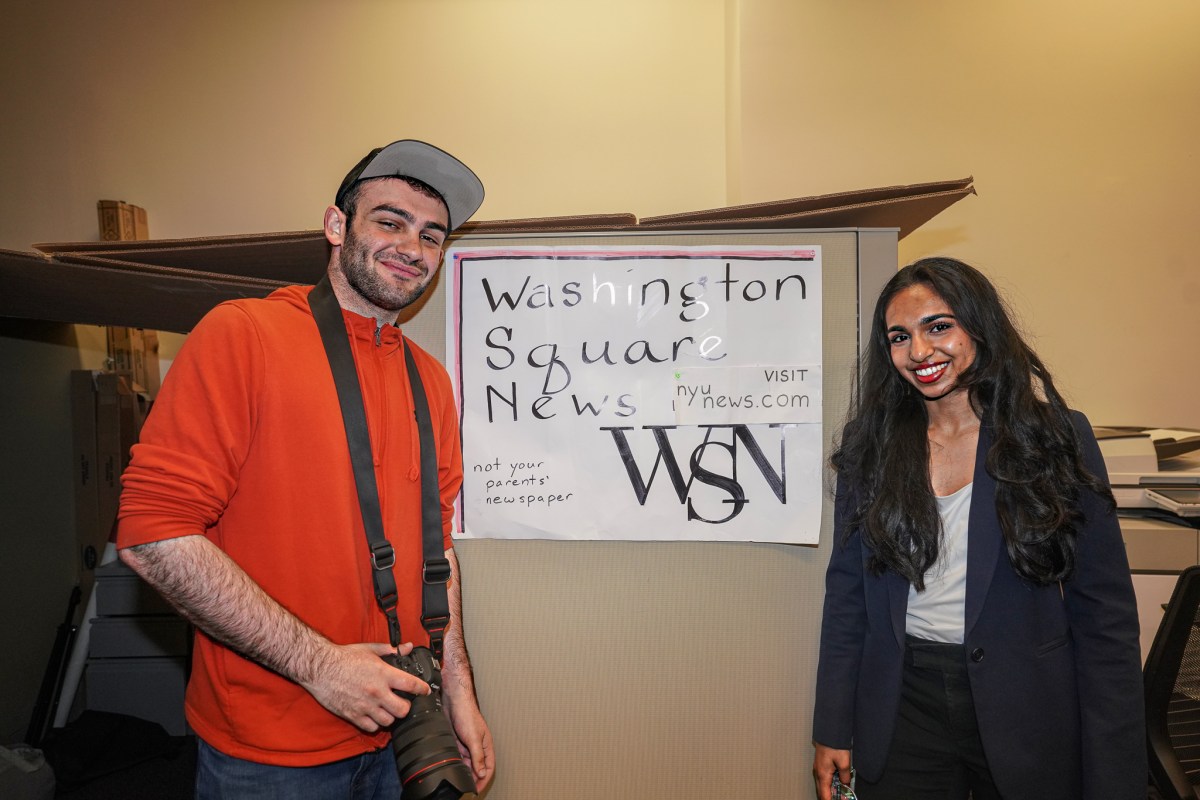
Read More: Take a look at the massive Hudson Yards casino plans anchored by a soaring 80-story skyscraper



